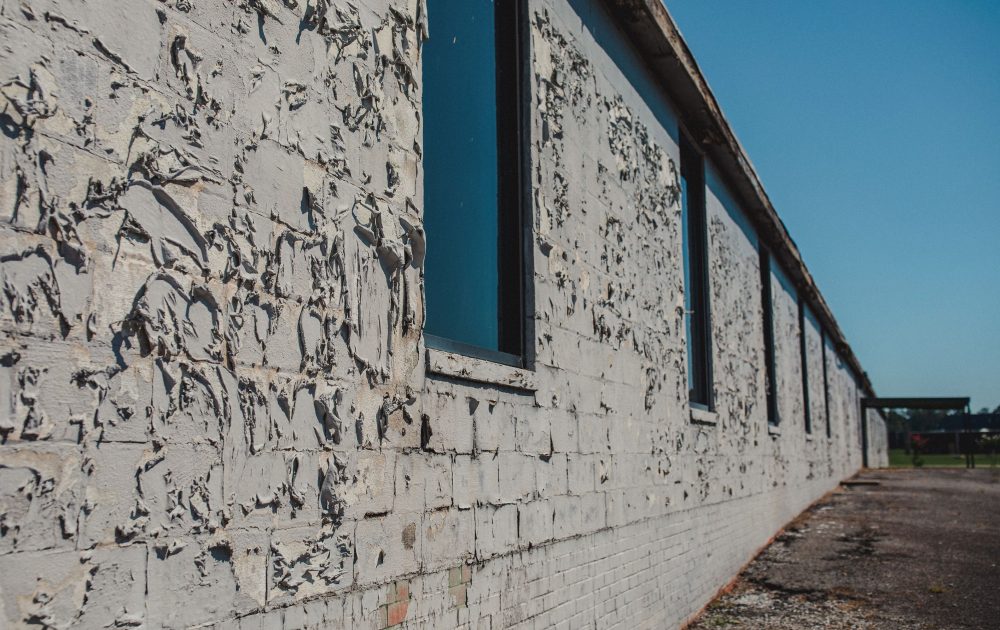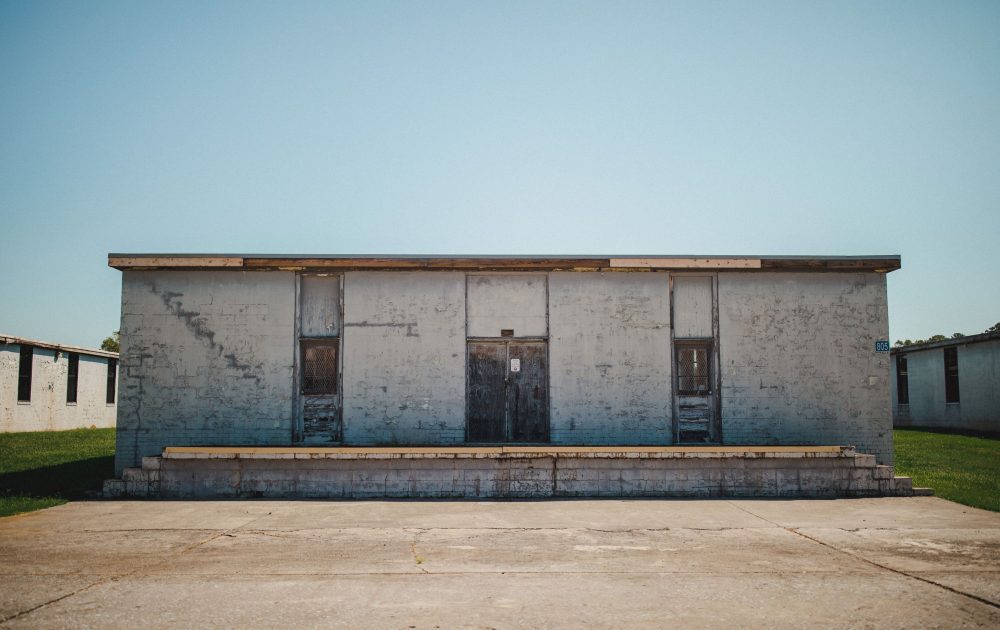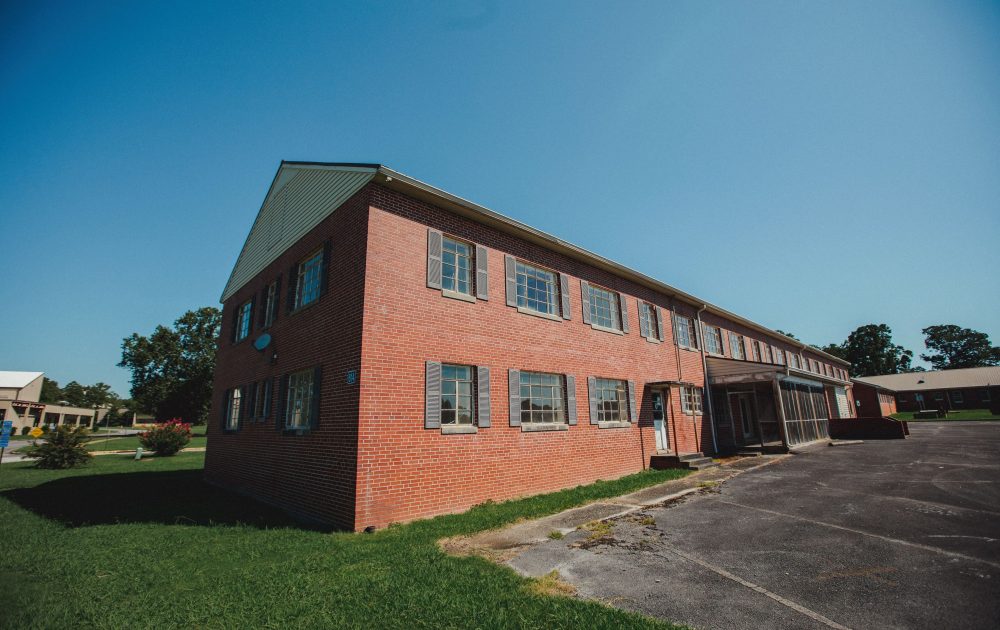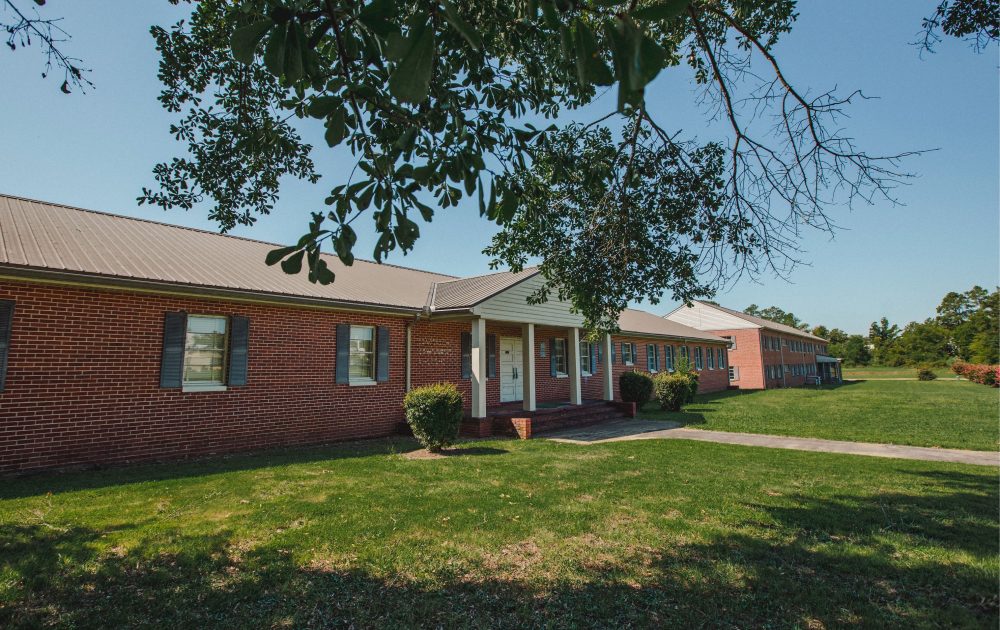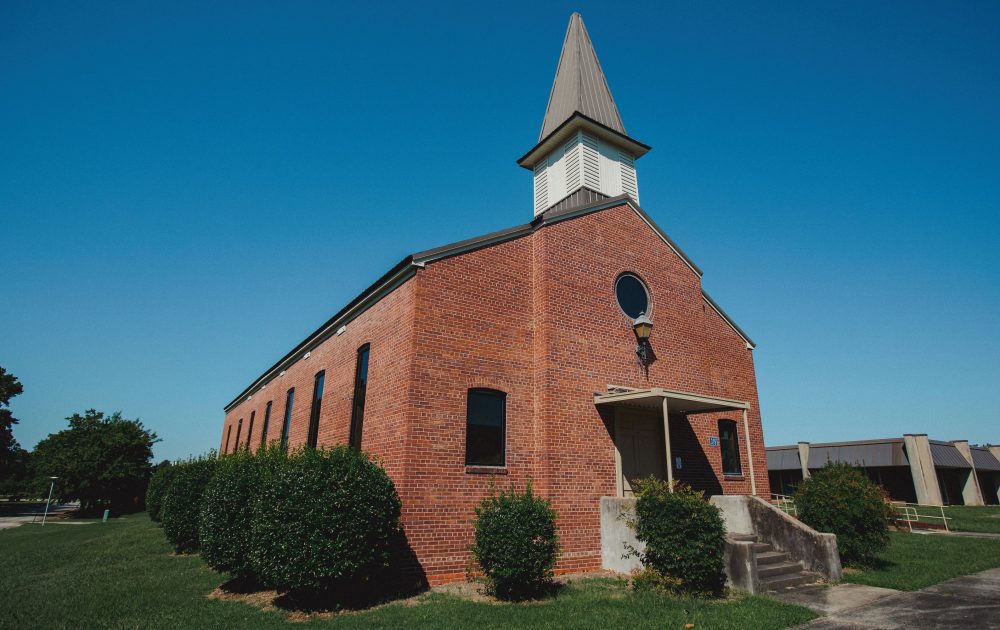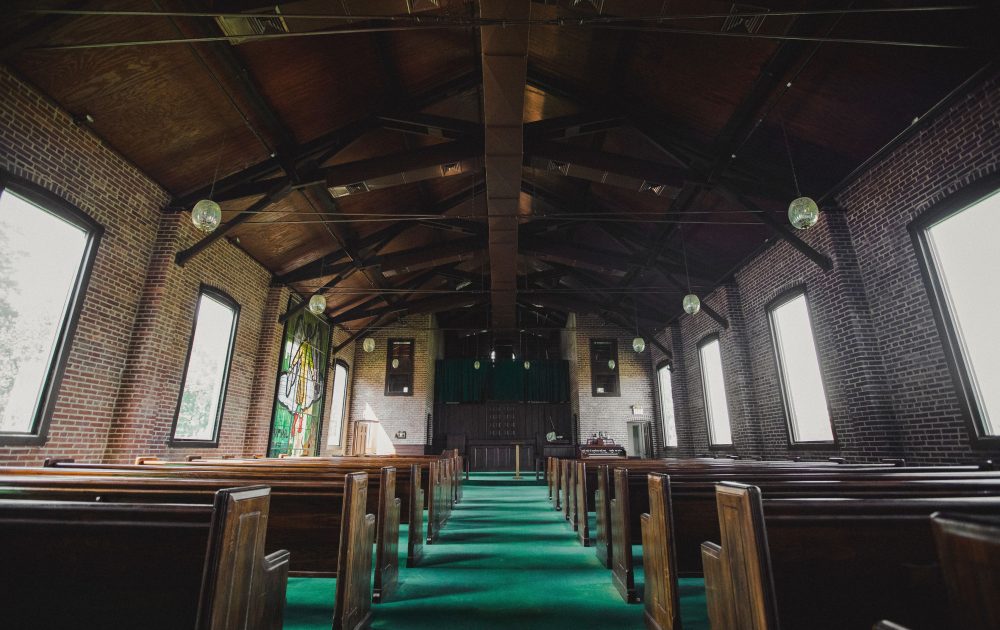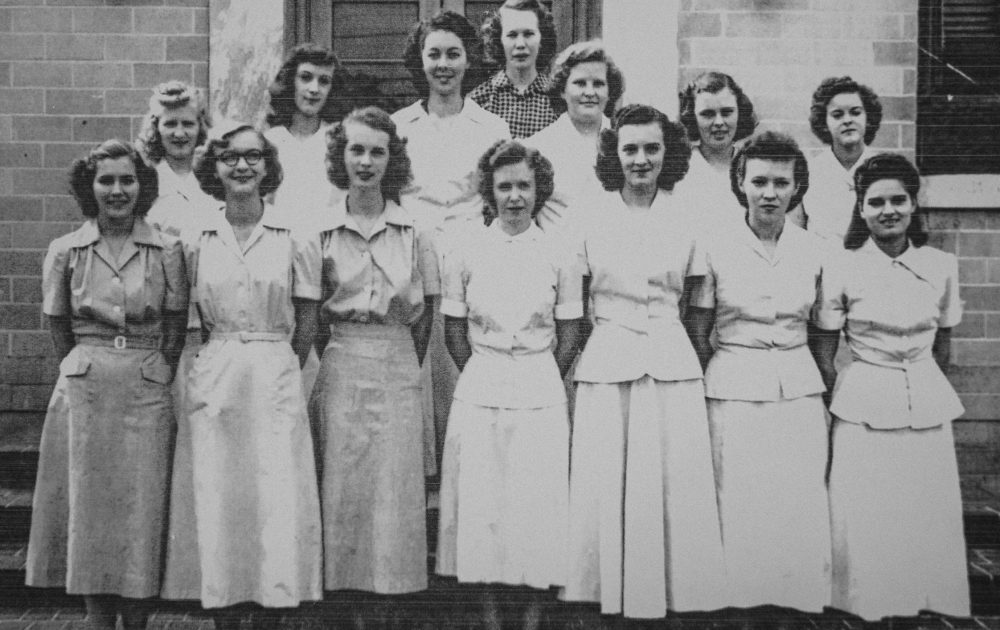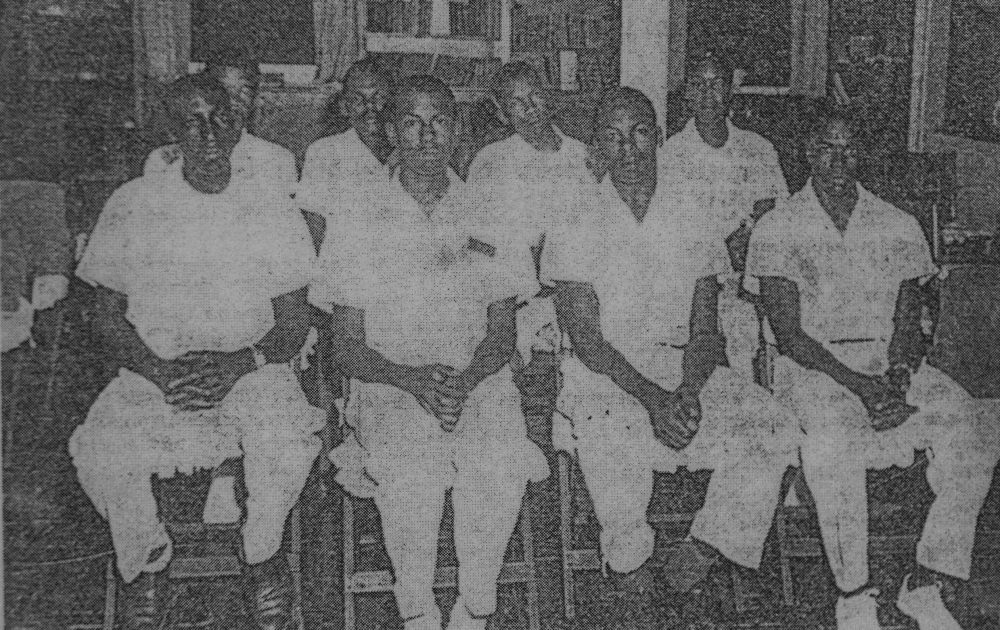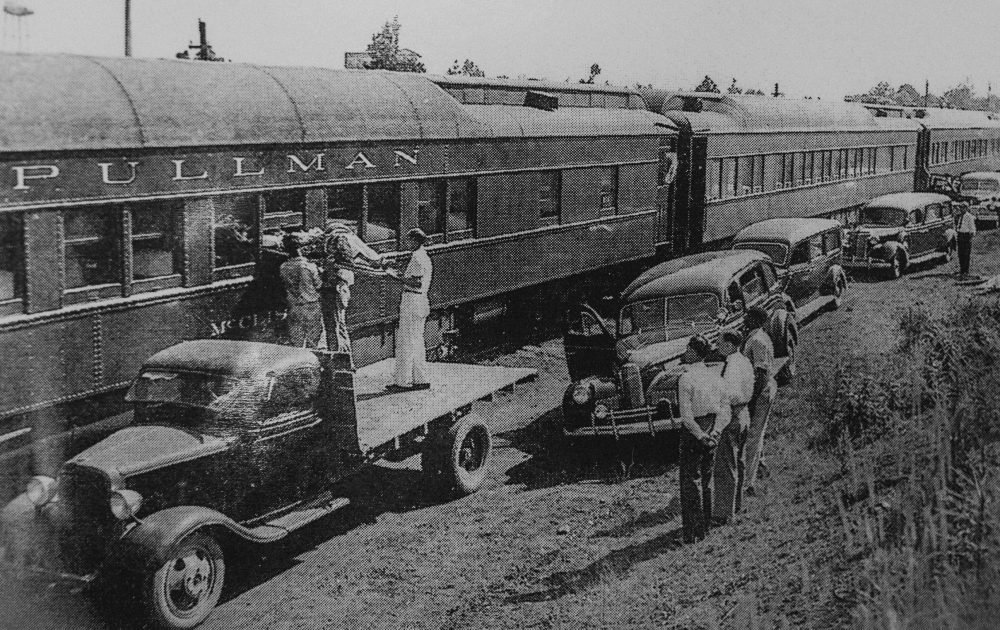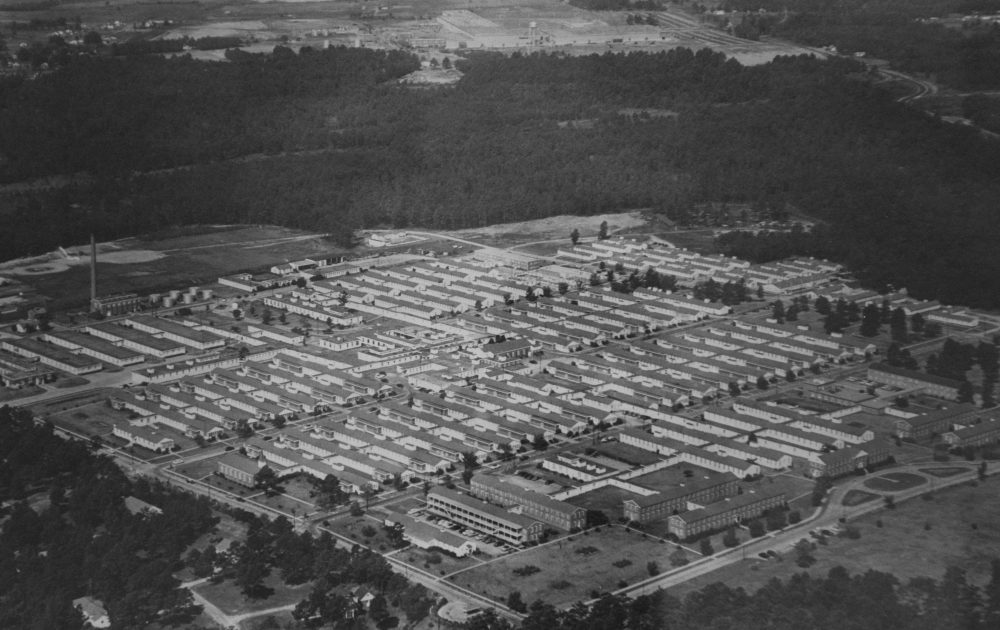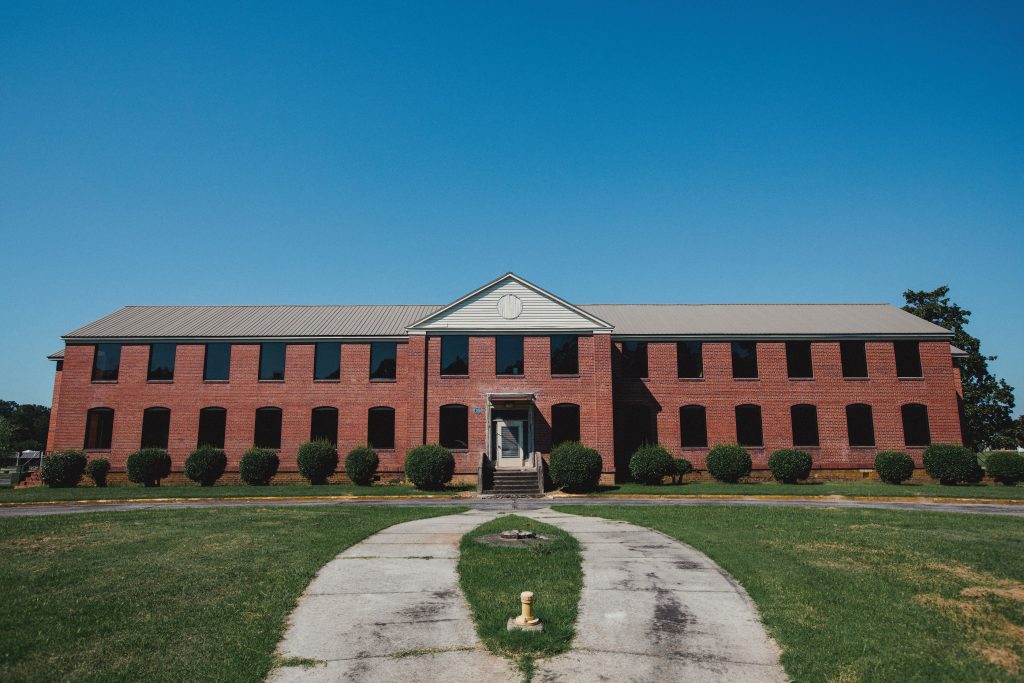
Photos Cameron Flaisch
Northwest Georgia Regional Hospital, established in July of 1973 after a conversion from its former name Battey State Hospital, was once known as a city within the city due to its vastness.
The former hospital sits on 180 acres of land, which contains 145 buildings and a whopping 17 miles of corridor. There are also 30 staff homes on the grounds, plus accommodations for nursing staff and other personnel.
Northwest Georgia Regional Hospital was composed of two units: one specifically for Tuberculosis (TB) patients and one to house the Mental Health program.
The purpose of the TB program was to isolate patients with positive screenings, to treat patients with active tuberculosis and to get the patient well so that they could return to society.
The Mental Health Division provided medical and nursing care to acutely mentally ill patients. In addition to those two wings, the hospital also included other units like an Adult Psychiatric Unit, an Alcohol and Drug Unit, a Child/Adolescent Unit and a Developmental Services Unit (also called the Mental Retardation Unit.)
With all of these healthcare services right here in the community of Rome and Floyd County, the basic overall philosophy of the hospital system was to reduce total dependence on hospitalization. Hospital administrators hoped to do this by returning the TB patients to society as quickly as possible, maintain the patient with medicinal therapy, and follow the patient through the TB Control and Case-finding program.
In the Adult Psychiatric Unit, the goal was to create a therapeutic community for adults who needed inpatient care. Of course, the Alcohol and Drug unit was for drug rehabilitation and helping patients with dependency issues. The Child/Adolescent Unit’s purpose was to provide intensive, short-term treatment for youth who experienced extreme stress. And the last unit, Developmental Services (Mental Retardation Unit), was provide long-term care for the mentally disabled, and to train those who could be educated and prepare them for community living.
Battey State was first built during WWII as a temporary Army General Hospital. It was named after Dr. Robert Battey, a physician who built a successful practice and was key in advancing medical treatment here in Rome.
Early in the year 1946, the State of Georgia negotiated with the federal government and procured the 2,000-bed facility for use as a tuberculosis sanatorium for one dollar. The federal and state agencies needed to show a transaction for the property to legally change hands.
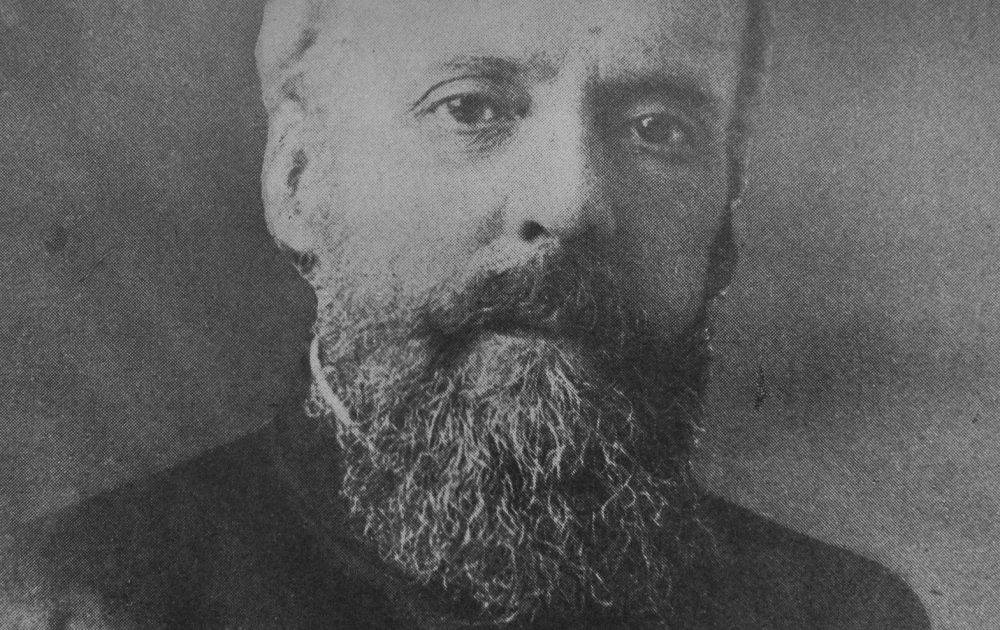
In June 1946, Battey General became Battey State and was re-opened as a tuberculosis hospital.
Locally, there were 2,534 newly reported cases of tuberculosis in 1946, and because of no advancements in treatment of this respiratory disease, an individual’s chances of survival were far worse than today. Studies then reported that 33.5 of each 100,000 persons infected with TB in Georgia would die.
At the time, standard treatment of tuberculosis was to place to patient on bed rest, isolate them from others and to give them medications for a cough. The patient would receive pneumothorax or pneumoperitoneum treatments for collapsing lungs in some cases.
The average amount of time an individual was required to stay at the hospital was 209 days, although it is recorded that some stayed as long as nine years. Battey State Hospital conducted an active research program to improve treatment of tuberculosis and was known nationally and worldwide for its treatment efforts. Doctors even identified a unique strand, Atypical TB Group III, Battey Type.
Over the years, there have been two significant land transactions.
In May 1950, 20 additional acres were acquired, bringing the total acreage of the facility to 180 acres. Then, in 1965, 12 acres of land were transferred in August of 2003 to the Department of Juvenile Justice for purpose of constructing a juvenile detention center, which became the Bob Richards Regional YDC.
The Georgia State Board of Health met in Rome in July 1967 to plan additional services the site would offer. Instructions were given to the State Department of Health to draw up plans and budget requirements for new multi-purpose facility to replace Battey State, and construction started on a new hospital in April 1971.
Georgia’s Department of Public Health reorganized in April 1972 and was incorporated into the Department of Human Resources. The Mental Health Program of the new hospital was placed under the direction of the Division of Mental Health. The Tuberculosis Treatment program and the Community Tuberculosis Control Unit, which had been located on the hospital grounds since October 1967, were placed under the Division of Physical Health.
With the establishment of the Mental Health Unit, the first mentally disabled residents were transferred from Gracewood State School and Hospital in January 1971, and the Mental Health Program Directorate assumed responsibility for this group in 1973.
In July 1973, the name of the new hospital was changed to Northwest Georgia Regional Hospital at Rome and the new buildings were occupied in April 1975. Effective July 1975, the hospitals and institutions operated by the Department of Human Resources were placed under the direction of the Division of Mental Health and Mental Retardation. In August 1975, the first adult psychiatric patients and alcohol and drug abuse patients were admitted.
Northwest Georgia Regional operated for 27 years, serving the mentally ill and developmentally disabled patients covering a 16-county region, with some programs extending to serve patients in a 31-county region. By 1977, the hospital was averaging 281 patients a day with a staff of 605 professionals. 260 beds were reserved for mental health patients and 50 beds for tuberculosis patients; however, the inpatient tuberculosis unit was eventually phased out in the 1990s.
In June 2011, Northwest Georgia Regional Hospital closed amidst a settlement regarding treatment of patients in Georgia’s seven psychiatric hospitals. There was a five-year plan to move developmentally disabled and mentally ill patients to private setting and community-based services. This was not well received by all, including a State representative at the time, Ms. Barba Massey Reece (D-Menlo).
“While I understand the move to community, there are those who need supervision all the time,” Reece said. “More and more, folks with mental health needs are finding their way into our prison system. I’m concerned about not having enough support out there for those who need it.”
Governments agencies, from the federal to the local level, are still putting their heads together to find ways to better treat this underserved section of our population. The answer has not been easy, but the work continues. However, having a faculty from the past that has helped so many of our neighbors and friends gives us a roadmap to a brighter future. Many have been helped in the hallways of this historic landmark and patients of the past were better because Battey State was there.

